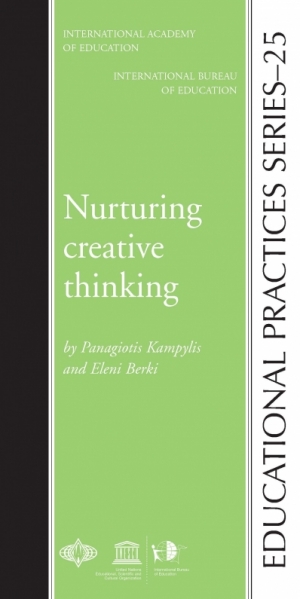
By Panagiotis Kampylis and Eleni Berki
Helping people flourish is an organic and unpredictable process. Like a farmer sowing seeds, someone creates conditions for children to grow as creative and critical thinkers. Creativity cannot be taught ‘directly’, but educational practice can provide the means, opportunities and a fertile environment for the creative mind to flourish.
Creative thinking is defined as the thinking that enables students to apply their imagination to generating ideas, questions and hypotheses, experimenting with alternatives, and to evaluating their own and their peer’s ideas, final products and processes. Everyone has creative thinking skills and ideas, but children have more because they are not yet fully aware of the rigid logic and convergent views. They are divergent, open, inventive and playful, which are features of creativity. Adults can also demonstrate their creativity, though it is suppressed through work and education.
Three factors contribute to be(com)ing creative: skills, environment (including means), and motivation. The fostering of creative thinking is not always easy, and some advice from research, experience or guidelines from successful practice may be necessary.
This booklet, draws on research and experience to presents eight key principles of creative thinking that are interlinked and interrelated and equally important for nurturing creativity in the educational context.